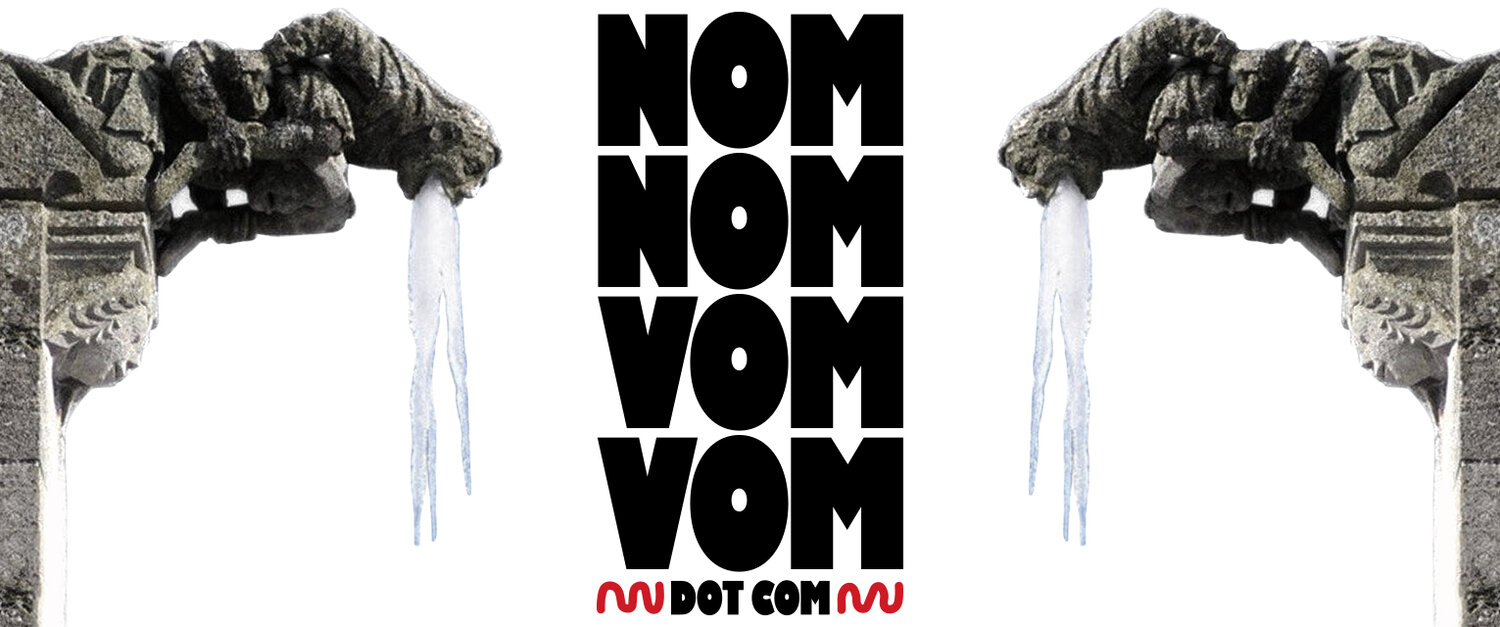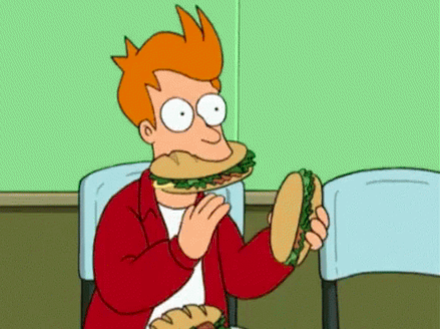On cutting off the moldy parts
What's the deal with cutting mold off stuff? Is the rest of the item tainted or perfectly fine to eat?
Molds aren’t universally dangerous, but there are a few types that can cause serious problems. For this reason, we are told to categorically dispose of moldy food. Here is some mold protocol:
First, don’t huff the fuzz. Certain molds can fuck up your lungs bad enough that you shouldn’t even try to do a quick smell-check. If you see a delicate carpet growing on your leftovers then it’s definitely mold. Trust your eyes and avoid inhaling the spores.
Sometime I forget to check for mold
Second, don’t eat the fuzz. Food-mold can produce gnarly toxins — among them an aflatoxin called “AFB”, the most potent natural carcinogen (!) known to man. Wide-scale mold-related poisoning is very rare in the US because everyone knows not to buy moldy food, which means that moldy ingredients get filtered out along the supply chain. But food can become moldy under your care: jam, salsa, leftovers, baked goods, soft cheeses. In that case, toss it.
Third, You should always avoid moldy nuts, which are most likely toxic. (“That’s what she said” etc.)
Fourth, if you live dangerously and REALLY want to eat moldy foods, there are a few you can salvage. It is safe to cut mold off of “hard” fruits and vegetables (e.g. carrots, cabbage, bell peppers) as well as any “hard” foods that were moldy to begin with (cheese, salami). Dense foods make it harder for the mold to permeate past the surface, making it feasible to surgically remove the blight.
+++++

